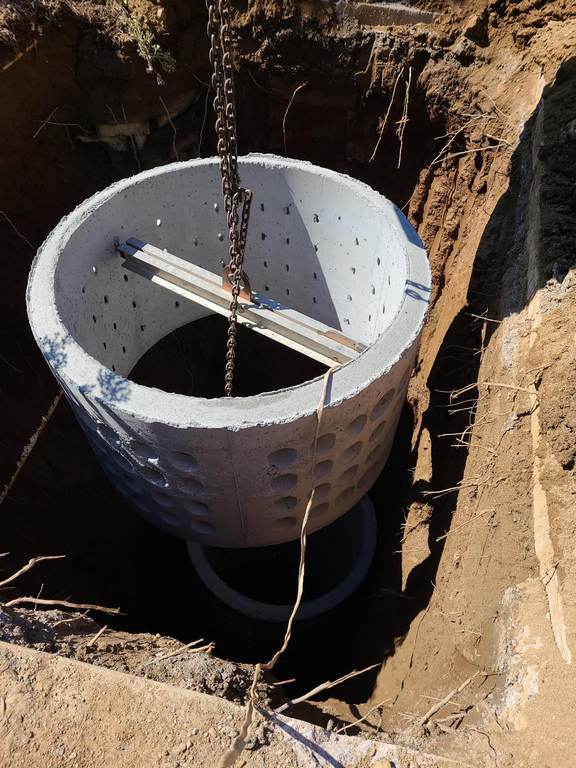
Seepage Tank install
Share
Seepage tank installation is an essential process for managing wastewater in areas without access to a municipal sewer system. These tanks collect and treat wastewater from households or commercial properties, allowing for gradual absorption into the surrounding soil.
Key Steps in Seepage Tank Installation:
-
Site Assessment: Begin with a thorough evaluation of the site to determine the best location for the seepage tank. Consider factors such as soil type, groundwater levels, and distance from water sources and buildings.
-
Design and Sizing: Calculate the appropriate size of the seepage tank based on the expected volume of wastewater. The design typically includes one or more chambers to facilitate settling and absorption.
-
Excavation: Dig a pit for the tank, ensuring it is deep enough to accommodate the tank and allow for proper drainage. The excavation should also be wide enough to facilitate installation.
-
Foundation Preparation: Prepare the bottom of the pit by leveling and compacting the soil to create a stable base for the tank.
-
Tank Installation: Place the seepage tank in the excavated pit. Tanks are usually made of concrete, fiberglass, or plastic. Ensure that the tank is level and secure to prevent shifting.
-
Pipe Connections: Connect the inlet pipe from the building’s plumbing to the tank. If applicable, an outlet pipe may be installed to allow treated effluent to seep into the surrounding soil.
-
Backfilling: Once the tank is properly installed and connected, backfill the surrounding soil carefully to avoid damaging the tank. Compact the soil to provide support and minimize settling.
-
Inspection: Conduct a final inspection to ensure that the tank is properly installed and that all connections are secure. Check for any leaks and ensure the system is functioning as intended.
-
Maintenance Planning: Establish a regular maintenance schedule to monitor the tank and ensure its continued effectiveness. This includes checking for blockages, leaks, and the need for pumping out accumulated solids.
